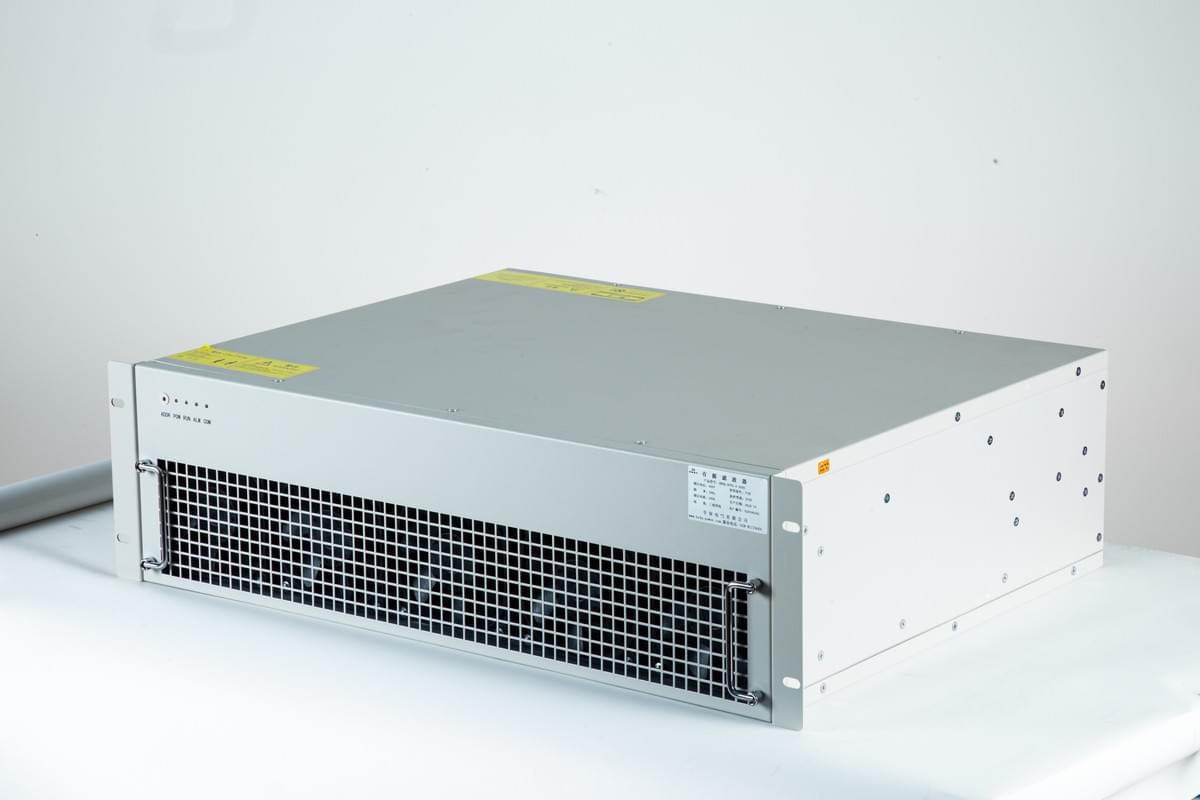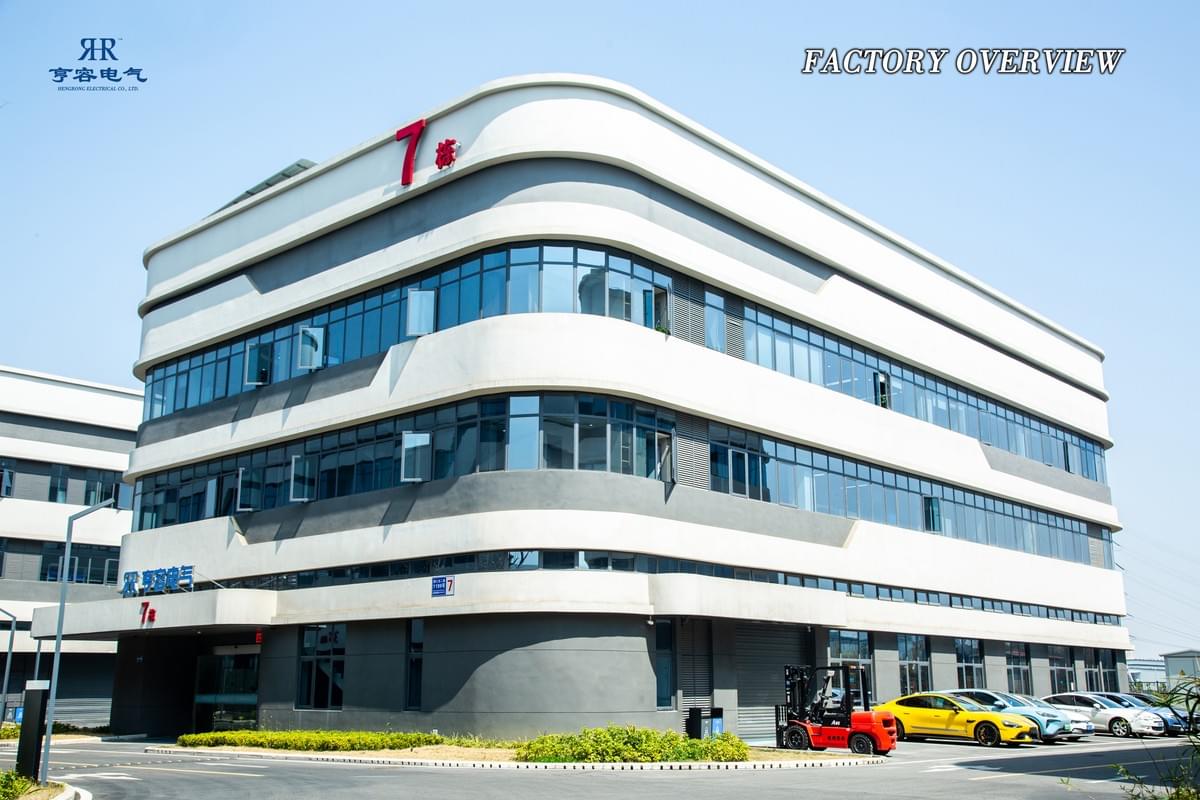In modern industrial power grids, harmonic interference acts as a "flowing obstacle," causing equipment overheating, increased energy consumption, and even system paralysis. As the core device for harmonic governance, Active Power Filters (APF) share a high degree of similarity with the "obstacle avoidance to reach the target" mission in robot path planning—precisely identifying harmonic sources (akin to "obstacles"), dynamically suppressing interference (akin to "path planning"), and ultimately achieving an ideal operating state for the power grid (akin to the "target point"). Traditional APFs often encounter efficiency bottlenecks in complex power grid environments, but technological innovations based on dynamic optimization concepts are providing new avenues for overcoming these limitations.

Core Challenges of Traditional APFs: From "Local Dilemmas" to "Target Reachability"
The "local minima" and "GNRON problem" faced by the Artificial Potential Field Method in robot path planning also exist in the practical application of Active Power Filters (APF):
1. Governance Blind Spots (Similar to Local Minima)
When multiple harmonic sources (such as frequency converters and electric arc furnaces operating simultaneously) are present in the power grid, the filtering algorithms of traditional APFs may fall into a "force equilibrium trap." In this scenario, the interference forces from various harmonic sources cancel each other out, rendering the filter unable to output effective compensation currents. Consequently, the harmonic governance effect significantly diminishes, leaving the power grid in a "sub-stable" state for extended periods.2.
2. Efficiency Decline in Critical Areas (Similar to the GNRON Problem)
In precision manufacturing, medical equipment, and other "target areas" sensitive to power quality (near critical loads), if the harmonic source is too close to the load, traditional APFs may experience an imbalance between repulsive forces (filtering compensation) and attractive forces (tracking the ideal waveform). This imbalance leads to a decline in filtering effectiveness as the filter approaches the load, failing to meet the load's requirements for ultra-low harmonics.
Innovative Approach: Endowing APFs with "Dynamic Optimization" Capabilities
Drawing inspiration from the design concept of "new repulsive functions" in robot path planning, technological upgrades for Active Power Filters (APF) can focus on two key directions to achieve a transition from "passive compensation" to "active optimization":
1. Dynamic Repulsion Mechanism: Breaking Through Governance Blind Spots
To address the "force equilibrium trap" caused by multiple harmonic sources, a dynamic weight algorithm for harmonic sources can be introduced. Similar to how robots adjust repulsive forces by sensing surrounding obstacles, APFs can monitor the intensity and distance of each harmonic source in real-time, automatically adjusting the filtering intensity. When a strong harmonic source approaches, the compensation capability for the corresponding frequency is instantly enhanced; when the harmonic source moves away or weakens, the response speed is optimized to avoid overcompensation. This "flexible adaptation" characteristic ensures that APFs consistently achieve globally optimal filtering effects in complex power grids.
2. Goal-Oriented Control: Safeguarding Critical Areas
To resolve the efficiency decline near sensitive loads, a load sensitivity perception module can be integrated. Analogous to how robots use symbolic functions to ensure the target point is globally optimal, APFs can dynamically adjust the filtering threshold when approaching critical loads. By precisely identifying the relative positions of the load and harmonic sources, the harmonic distortion rate at the load access point is strictly controlled at an extremely low level (e.g., ≤0.5%), achieving zero-error governance at the "target point" even in scenarios where harmonic sources are adjacent to the load.
Application Value: Making Every Degree of Electricity More Reliable
Upgrade-enabled Active Power Filters (APF) demonstrate significant advantages in various complex scenarios:
- In industrial workshops with multiple harmonic sources, filtering efficiency is increased to over 97%, and equipment failure rates are reduced by 30%.
- In precision electronics manufacturing workshops, the harmonic distortion rate at critical load points is stably controlled below 0.3%, and product yield rates are improved by 5%.
- In new energy grid integration scenarios, APFs can quickly respond to the volatility of photovoltaic and wind power, ensuring that the power grid's harmonic levels consistently meet national standards.
From the "obstacle avoidance wisdom" in robot path planning to the "precision approach" in power grid harmonic governance, the core of technological innovation has always been to address practical pain points. The continuous upgrading of Active Power Filters (APF) represents not only a leap in power quality governance capabilities but also provides a solid foundation for industrial efficient production and sustainable energy utilization, ensuring that every degree of electricity carries the value of safety and efficiency.

Capacitor, Reactor, Static Var Generator, and Active Power Filter Supply
Hengrong Electric Co., Ltd.
https://www.hengrong-electric.com/
